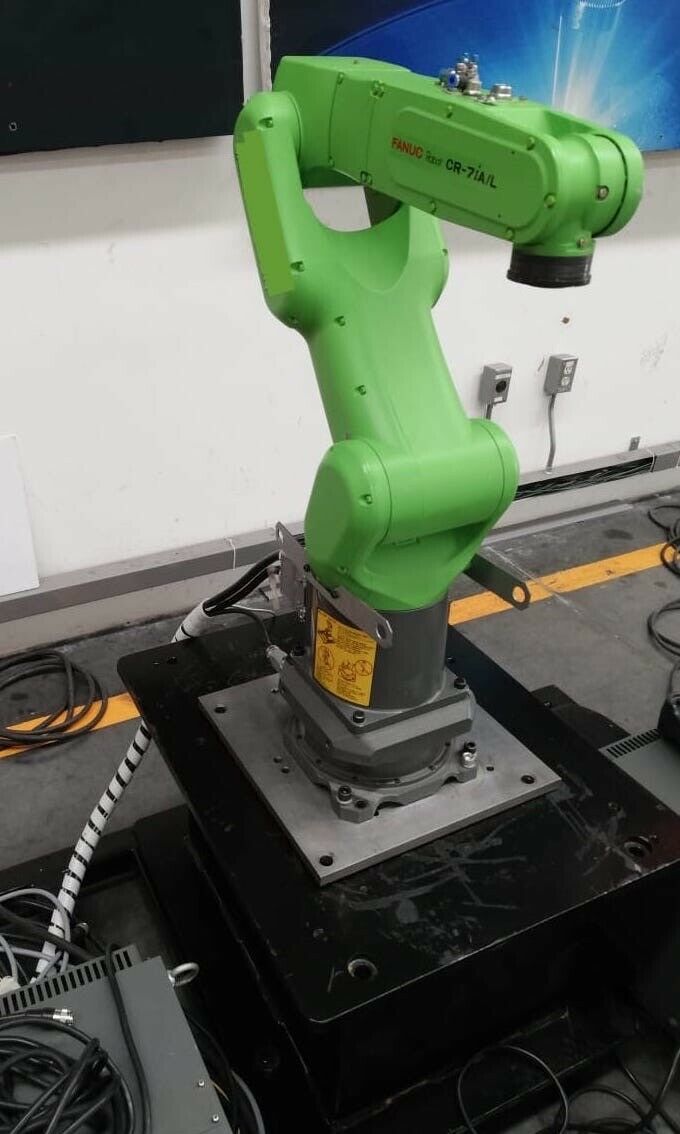Cobots, also known as collaborative robots, are currently the biggest trend in robotics despite still being relatively new. Their user-friendly operation with hand guidance, enhanced safety system with fenceless operation, and compact size makes them applicable to just about any production line. Companies without robotic experience or with limited space can easily implement the Universal UR5 or another cobot. As more companies realize the need for robotic automation, many are opting for the flexibility and ease of collaborative robots.
Calculating Cobot ROI
When considering whether or not to automate a production process, most companies need to justify if their investment in a collaborative robot will be beneficial. While cobots provide many intangible benefits, most potential buyers want to be able to see actual metrics to determine if their investment will be worth it. The main metric used to justify any type of robotic automation is ROI or return on investment.The return on investment of a cobot is essentially a calculation that tells potential buyers if the investment will benefit their company. The most common ROI calculation is the payback method which is the percentage of your investment in a cobot that buyers will gain back over a certain period of time. It is basically how long it will take buyers to breakeven. Most collaborative robot systems will earn their ROI within two years. How fast a return is realized is dependent upon how expensive the collaborative robot system is and the cost savings it will provide. Less expensive systems will likely take less time to see their ROI since a smaller investment will need to be paid back. Calculating the ROI allows a company to see the estimated payback period for the FANUC Cr-15ia along with the potential cost savings. Once the ROI has been realized savings and profit potential become unlimited.
There are a few different metrics that go into an ROI equation that need to be calculated. The first metric is the total cost of the collaborative robot system. This includes the cobot and any additional equipment needed for automating your production process. If you are automating a simple material handling application, then it’s likely the cost of the system will just include the cobot and gripper. For a welding automation more equipment will be needed such as the cobot, torch, power source, and positioner. Fortunately, since cobots can operate alongside humans, safety equipment such as fencing is eliminated and keeps the total cost of the system down.
The next metric to calculate is how many shifts you expect the cobot to operate. This is first done by calculating how many hours per shift the cobot will operate and multiplying that by the number of shifts per day. That number should then be multiplied by the number of shifts per week. Finally, the number of weeks per year the cobot will operate can be calculated from there.
Next the estimated labor cost savings should be determined. This can be calculated by figuring out how many workers the Universal UR10 or another cobot will replace. The total cost of the annual salaries and benefits of those workers will be the labor cost savings of the cobot.
Lastly, you will need to estimate the cost of running and maintaining the cobot. How many operators and their annual salaries along with any extra maintenance costs will give buyers an idea of the expenses to run a cobot.
Robots Done Right is the place to start when it comes to used robots. Contact us if you are interested in buying or selling your used robot.
